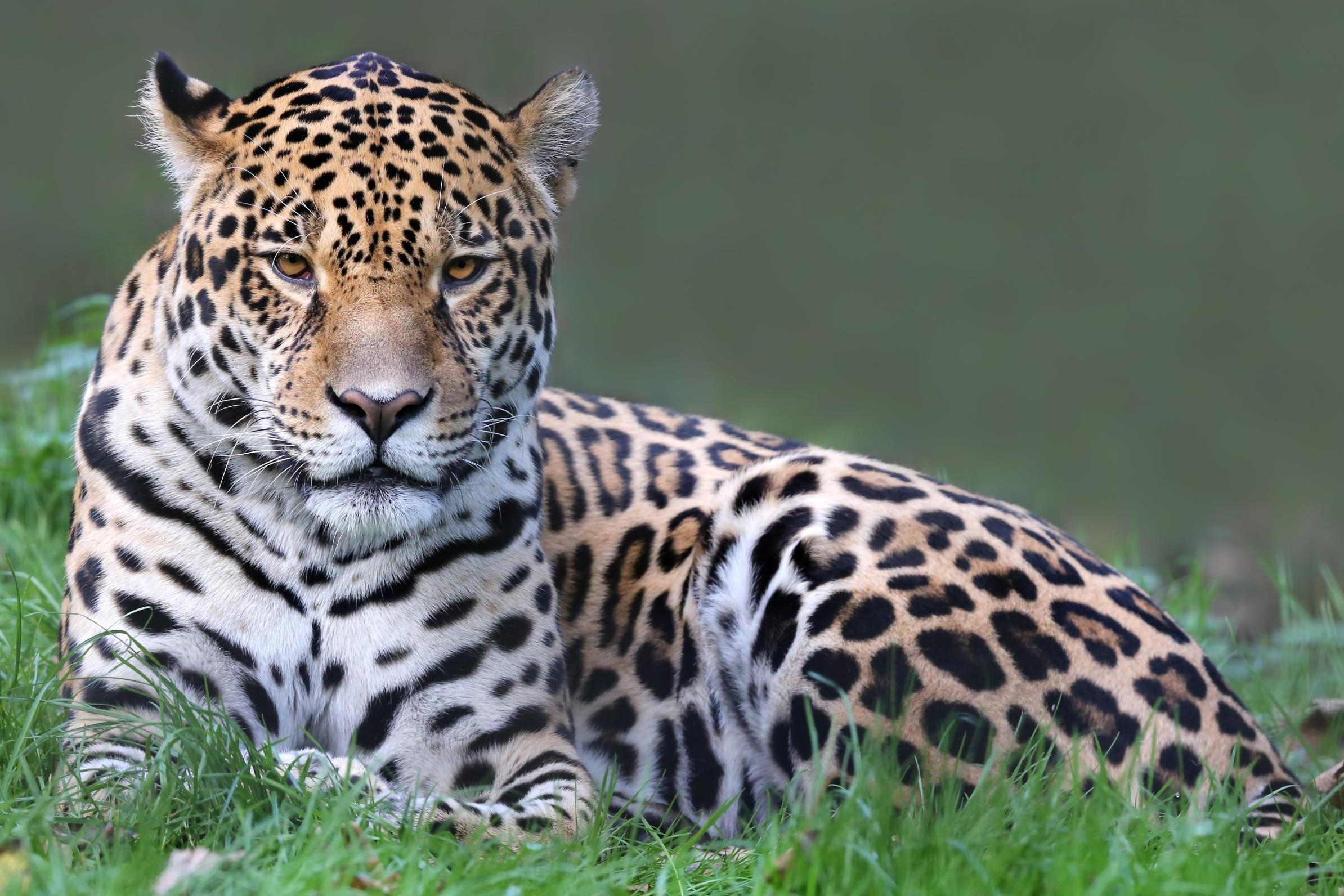First artificially inseminated jaguar 'killed by mother two days after birth'
The mother jaguar showed 'excellent maternal care' the first day after giving birth

Your support helps us to tell the story
From reproductive rights to climate change to Big Tech, The Independent is on the ground when the story is developing. Whether it's investigating the financials of Elon Musk's pro-Trump PAC or producing our latest documentary, 'The A Word', which shines a light on the American women fighting for reproductive rights, we know how important it is to parse out the facts from the messaging.
At such a critical moment in US history, we need reporters on the ground. Your donation allows us to keep sending journalists to speak to both sides of the story.
The Independent is trusted by Americans across the entire political spectrum. And unlike many other quality news outlets, we choose not to lock Americans out of our reporting and analysis with paywalls. We believe quality journalism should be available to everyone, paid for by those who can afford it.
Your support makes all the difference.The world’s first jaguar born by artificial insemination has died, amid reports it may been attacked and eaten by its mother.
In a scientific breakthrough, the cub was born in Sao Paulo, Brazil, 104 days after her mother, five-year-old Bianca, was inseminated.
The cub was “born healthy” at the environmental organisation Mata Ciliar in the city of Jundiaí, but unfortunately did not live for long.
After two days the newborn animal died, with reports suggesting Bianca ate the baby.
“Despite the sad fact, it is not uncommon for this to happen, both in captivity and in nature, especially in the case of carnivores. Bianca was a first-time mother and this may also have influenced the event,” the Mata Ciliar website says.
Despite the death of the cub, scientists have shown they are able to successfully artificially inseminate jaguars - the "last of the seven big cat species to be produced by AI", according to Lindsey Vansandt, a researcher for the Centre for Conservation and Research of Endangered Wildlife (CREW) of the Cincinnati Zoo & Botanical Garden, which was also involved in the project.
"By using a systematic research strategy, we were able to improve our understanding of the jaguar's unique reproductive biology and make species-specific modifications to our standard AI approach," Vansandt said. "From a scientific perspective, we are celebrating the fact that the baby was born healthy and that artificial insemination was a success.
"It's disappointing that the cub did not survive longer, but it's not uncommon for carnivores, especially first-time mothers, to behave this way with their offspring."
Bianca was one of five jaguars inseminated using laparoscopic AI methods.
After the viable cub was born, Bianca "showed excellent maternal care" according to WLWT. However, two days after the birth, the cub disappeared from the den - with researchers assuming it was consumed.
“The veterinary team could not conduct a necropsy because the baby had already been eaten," Samuel Nunes, spokesperson for Mata Ciliar says, according to the MailOnline.
The Mata Ciliar did not respond to request for comment in time for publication.
The cub was born on 16 February this year.
WWF rates the jaguar as near threatened, with an estimated 15,000 of the species left in the wild.
Females have litters of one to four cubs, which are born blind.
As with many big cats, a combination of destruction of habitat and hunting has caused a depletion in their population, which is mainly found in South America.
Join our commenting forum
Join thought-provoking conversations, follow other Independent readers and see their replies
0Comments